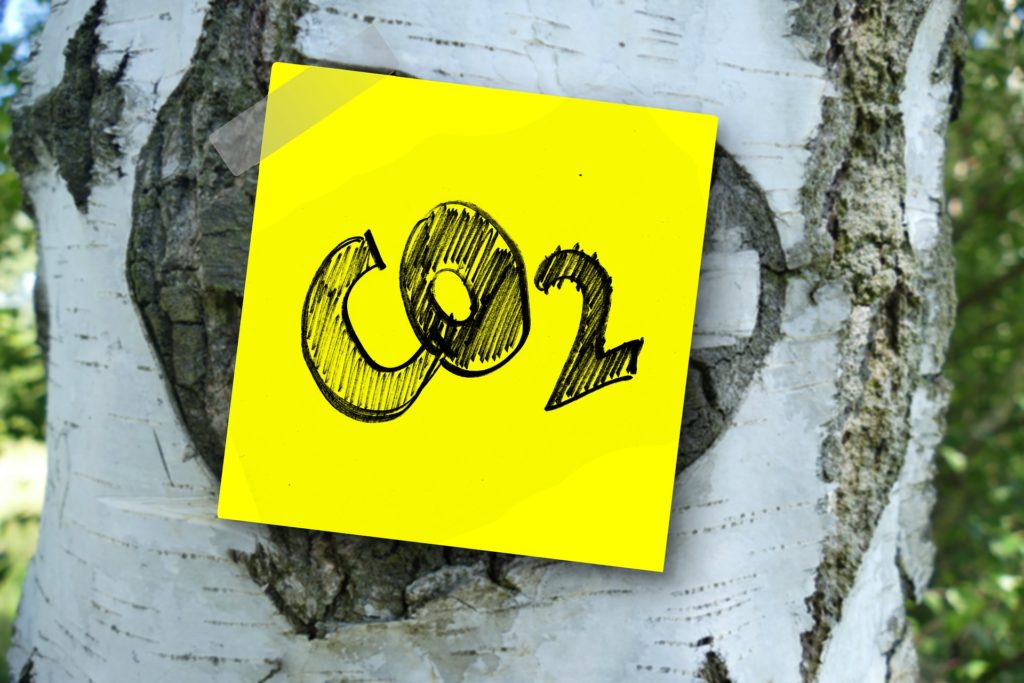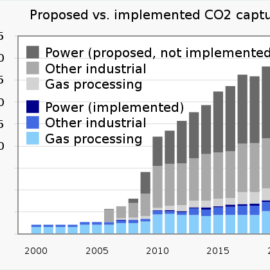
Right after the Governor’s task force said carbon capture a company set up shop. Now we will become a hub and some are not too happy.
Louisiana is poised to become a hub for carbon capture technology to curb greenhouse gases but environmentalists and some state climate task force members question if that’s such a good thing. The state Climate Initiatives Task Force is responsible for developing a strategy to reduce greenhouse gas emissions by 50% in 2030 and reach net zero by 2050. Task force members heard presentations Tuesday, some in favor of carbon capture projects and others who raised concerns about the process. Some task force members questioned whether moving forward with carbon capture is the best way to reduce greenhouse gases. “I haven’t seen the case made that it’s the most cost effective way for us to get there,” said Flozell Daniels Jr., CEO of Foundation for Louisiana a non-profit social justice organization. “It seems like it presents the greatest risk.”
theadvocate.com
How big is this news? A lot to capture or a little? What can we expect?
Daniels noted carbon capture would only offset a small percentage of greenhouse gases from the industrial sector and there’s more questions than answers about long-term safety concerns especially from an industry that’s already polluted the air and water. “That is directly tied to the set of actors we are being asked to believe and trust,” he said. Board member Colette Pichon Battle echoed those sentiments. “It just doesn’t feel right, it feels too risky,” said Battle. “How can Louisiana stop producing the bad stuff all together?”
A lot of the questions will be answered in the report to the Governor.
The task force is expected to have a report for Governor John Bel Edwards in 2022. The governor has already approved economic incentives for a $4.5 billion blue hydrogen manufacturing complex near Burnside which includes a carbon capture facility. Air Products said the complex will produce more than 750 million standard cubic feet per day of blue hydrogen. Construction is set to begin on the facility in 2022. About 5 million tons of carbon dioxide would be captured annually and transported to state lands through the pipeline will then put under pressure, causing the gas to become a liquid. That liquid will then be injected deep underground using storage wells in rock formations such as under Lake Maurepas.
How will the carbon get here? By pipeline which could bring in another group of opposition as pipe lines break and leak.
There are several thousand miles of carbon dioxide pipelines which already exist nationwide but for the carbon capture infrastructure there are plans to build tens of thousands of miles of new pipelines which would be concentrated along the Gulf Coast. There are concerns about potential leaks in the pipelines and injection wells seeping into other rock formations. David Schlissel, director for resource planning analysis at the Institute for Energy Economics and Financial Analysis questioned whether it’s feasible that a carbon capture facility could really sequester 90% of emissions because the industry average of existing facilities is no higher than 75%. He questioned the economic viability of projects in the long-term and whether it does reduce greenhouse gas emissions overall. “Where is the power coming from to run the carbon capture equipment? If the power to run these facilities comes from burning fossil fuels you’ve got to calculate that into the offset,” Schlissel said.
We are not the first hub. Illinois has done the same and they are comfortable as problems have not happened.
Steve Whittaker, director of the Illinois State Geological Survey, said the process is safe. Over the past three years, 1 million tons of carbon have been captured and stored in Illinois. It does take about three years for the U.S. Environmental Protection Agency to permit a new well and another three years for the injection application to be approved. Louisiana’s Department of Environmental Quality is trying to get authorized so it can permit carbon injection wells instead of just the EPA. Ten years after a carbon capture injection well has been completed a business would not be subject to liability from that well in Louisiana which concerned some board members. There is a Carbon Dioxide Geologic Storage Trust Fund which is money raised by fees and penalties paid by companies doing carbon capture in Louisiana. Dane McFarlane, director of research for the Great Plains Institute, a non-profit organization in Minneapolis which studies carbon management, electricity and transportation said time is “running out” for big action on climate change. His organization estimated carbon capture could add 7,000 jobs in Louisiana over a 15 year period. And that there’s 23 million tons of carbon capture project capacity in the state both for local projects but also as an import facility through a larger pipeline network. “The total potential for storage is thousands of years worth of CO2 emissions,” McFarlane said. “We need to have an option that’s not just shutting down industrial facilities. We need to figure out how to decarbonize those facilities.”
If we bring from other area maybe money comes with it. If we have the Illinois experiance then all would be well. It will be a learning curve.



